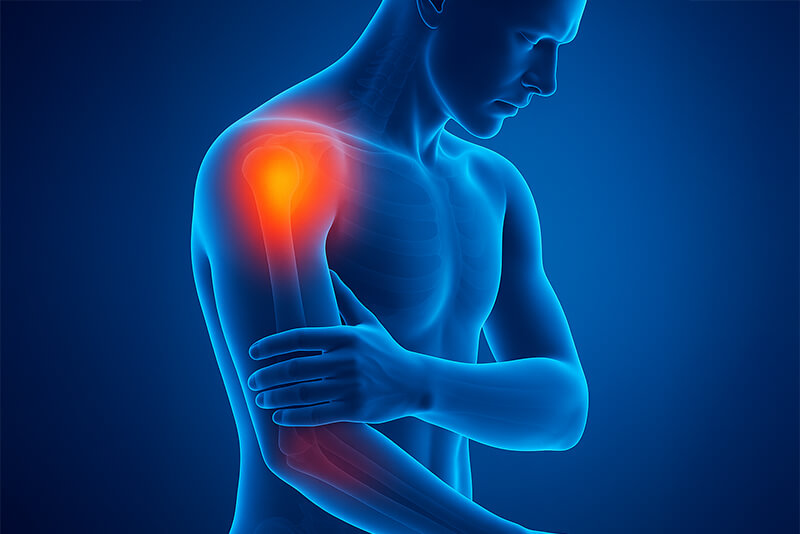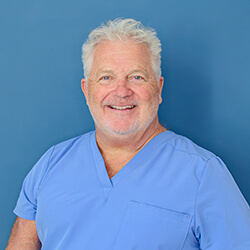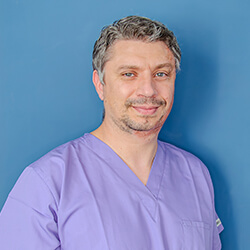
The shoulder is a complicated joint. It is a ball and socket joint, but also has the shoulder blade which moves over the ribs and the collarbone or clavicle which holds the shoulder and position running from the scapular shoulder blade to the central chest sternum
At The House Clinics, Bristol, our expert team of Chiropractors and Physiotherapists specialise in diagnosing and treating both shoulder and elbow conditions. We have a clinic in Redland and in the City Centre. We focus on easing your pain quickly, identifying the root cause, and providing a tailored treatment plan to restore your mobility and help you make a full recovery. Whether your pain is the result of an injury, overuse, poor posture, or an underlying condition, we can help you get back to moving freely and comfortably.
What is Shoulder Impingement Syndrome?
Shoulder impingement syndrome occurs when the top outer edge of the shoulder (the acromion) rubs against the tendon of the rotator cuff muscle beneath it. This continuous friction irritates the tendon and can lead to long-term tendonitis of the supruspinatus muscle. The condition is found equally as frequently in those doing domestic chores and daily activities like cleaning windows, washing the car, or decorating.
Shoulder impingement, rotator cuff injury, swimmer’s shoulder, thrower’s shoulder, supraspinatus tendinitis, and painful arc syndrome are all terms used to describe this condition.
Shoulder Impingement Syndrome symptoms may include, shoulder aches at night and feels painful when you lift your arm to the side, in front of you, putting on a coat, or during overhead tasks. It is common in people who play sports involving repeated overhead movement, such as swimming, tennis, cricket, and weight training,
At The House Clinics in Bristol, Chiropractic care, physiotherapy hands on soft tissue therapy, acupuncture, electrotherapy and a tailored exercise programme can reduce pain and inflammation, restore shoulder mobility, and prevent long-term problems. Kinesio taping is also used.
The rotator cuff is a group of four muscles and their tendons that stabilise the shoulder joint and enable lifting and rotating movements. The supraspinatus tendon is most commonly affected, often through swelling (tendonitis) or a partial or complete tear.
You may experience an aching pain on the side of the upper arm, occasional sharp pain with certain movements, and weakness when lifting your arm or reaching behind your back. Overhead tasks are very difficult, such as decorating or playing tennis can make symptoms worse. The pain often disturbs sleep at night.
Inflammation of the bursa, a fluid-filled sac that cushions the shoulder, can also occur, causing additional sensitivity and pain.
At The House Clinics in Bristol we assess the severity of rotator cuff problems and provide hands-on treatment Chiropractic, Physiotherapy, acupuncture, electrotherapy and structured exercises to restore shoulder strength and function. Kinesio tape is also sometimes used.
Frozen shoulder develops when the tissues of the shoulder joint thicken and tighten, sometimes forming scar tissue that restricts movement, often occurs after trauma. This is also the most incorrectly diagnosed shoulder condition.
Frozen Shoulder (Adhesive Capsulitis) symptoms include pain, immobility, stiffness, and swelling, with a gradual loss of mobility that makes everyday tasks difficult. It most often occurs between the ages of 40 and 60, or after an untreated rotator cuff injury.
At The House Clinics in Bristol early hands-on Physiotherapy and Chiropractic treatment help to reduce stiffness, acupuncture shoulder adjustment electrotherapy and mobilisation to improve mobility, and speed up recovery.
Tennis elbow is pain around the outer side of the elbow and upper forearm. It happens when the wrist is bent back by the extensor muscles and is overused, causing irritation where the tendons attach at the elbow joint.
Tennis Elbow (Lateral Epicondylitis) pain is usually triggered when bending the wrist back, gripping objects, or twisting the forearm, for example when opening a jar or turning using a screwdriver or a door handle. Although common in tennis players, this condition can affect anyone who places repetitive strain on the wrist and elbow.
At The House Clinics in Bristol Chiropractic and Physiotherapy, soft-tissue treatment, ultrasound electrotherapy, acupuncture and strengthening exercises can relieve pain and restore function to the elbow and forearm. Kinesiology taping is sometimes used. Sometimes when the elbow joint is misaligned and in the case of tennis elbow, it’s humerous which is out of position or malfunctioning putting stress on the extensor tendonsand muscles.
Golfer’s elbow is similar to tennis elbow but affects the inside of the elbow where the tendons of the wrist flexor muscles attach. Sometimes when the elbow joint is misaligned and in the case of golfers elbow, it’s the humerous which is out of position and the elbow joint is malfunctioning putting stress on the flexor tendons and muscles.
Golfer’s Elbow (Medial Epicondylitis) symptoms, may include, pain when bending the wrist downwards, gripping objects, or twisting the arm. It is commonly seen in golfers but can be caused by any activity that repeatedly strains the wrist and elbow.
At The House Clinics in Bristol, our specialists provide Physiotherapy, hands-on treatment, ultrasound, electrotherapy, acupuncture and rehabilitation exercises to reduce pain and strengthen the elbow. Kinesio taping is sometimes used.
Olecranon bursitis can result from direct trauma or from repeated leaning on the elbow, such as at a desk.
Olecranon Bursitis causes pain in the elbow and obvious swelling at the tip of the elbow. In some cases, the area may become red, hot, and inflamed, which may indicate infection and require antibiotics.
At The House Clinics in Bristol: We provide accurate diagnosis and hands on treatment of ultrasound, acupuncture, electrotherapy, kinesiology taping is sometimes used.
If an infection is suspected, referral to a GP is essential.
If you’re suffering with shoulder and arm pain, don’t wait. Book your consultation today and start your recovery with our expert team.
It is very common to get pain in your shoulder at night normally because you compress it if you lie on it but also when your arm is hanging loose, the tendon can become pinched or compressed which causes pain.
The most common soft tissue injury in a shoulder is an injury to the rotator cuff muscles and there are four of them supraspinatus, infraspinatus, teres minor and subscapularis. The most common muscle to cause pain is the supraspinatous muscle and frequently the tendon of that muscle can be pinched and it's known as impingement syndrome.
The joints the most common joint to injure is the shoulder joint itself known as the Gleno humoral joint or the acromio clavicular joint. These are frequently injured in children in contact sports.
Chiropractic or physiotherapy are the treatment treatments of choice. After examination, the diagnosis is made and treatment will consist of mobilisation some ultrasound acupuncture or electrotherapy to enhance ceiling and reduce inflammation. An exercise program is always essential to rehabilitate the shoulder, ensuring the muscles that stabilise the joint are working harmoniously.
Tennis elbow is caused by repetitive backward movement of the wrist (extension). All the tendons of the muscles that perform this action onto the same point which causes an irritation where they attach to the bone. The outside of the humorous known as the lateral epicondyle hence the name lateral epicondylitis.
This is because the painful elbow is caused by backward movement of the wrist repetitively and this can occur in tennis when you have a poor technique or the racket handle is not correctly fitted for your hand. Tennis elbow is more common in people who perform manual work common in DIY experts and in building tradesmen using a screwdriver or hammer or painting and decorating than in tennis players.
The first step is to avoid any actions that cause irritation to the elbow playing racket sports or manually using the wrist such as using a screwdriver or opening jars even lifting small objects like a a kettle.
Seek the help of a Chiropractor or Physiotherapist who will provide treatment to the involved tendons and correct the elbow joint function provide specific rehabilitation exercise exercises.
Golfers elbow is caused by repetitive forward movement of the wrist (flexion). All the tendons of the muscles that perform this action onto the same point which causes an irritation where they attach to the bone. The outside of the humorous known as the medial epicondyle hence the name medial epicondylitis.
This is because the painful elbow is caused by forward movement of the wrist repetitively. Golfers elbow is more common in people who perform manual work common in DIY experts and in building tradesmen using a screwdriver or hammer or painting and decorating than in golfers.
The first step is to avoid any actions that cause irritation to the elbow playing racket sports or manually using the wrist such as using a screwdriver or opening jars even lifting small objects like a a kettle. Seek the help of a chiropractor or physiotherapist who will provide treatment to the involved tendons and correct the elbow joint function provide specific rehabilitation exercise exercises.






Secure your appointments instantly or get tailored advice from a practitioner before booking, we’ll call you back at a time that suits you
Book Online